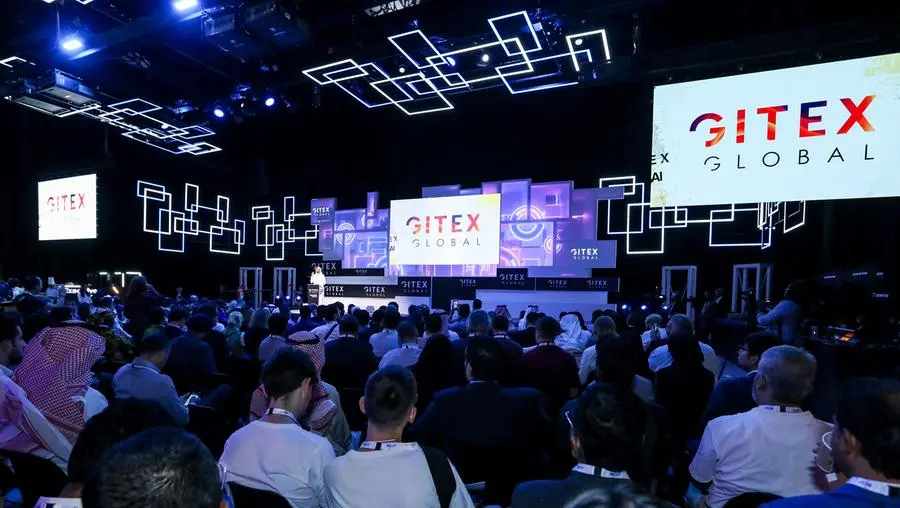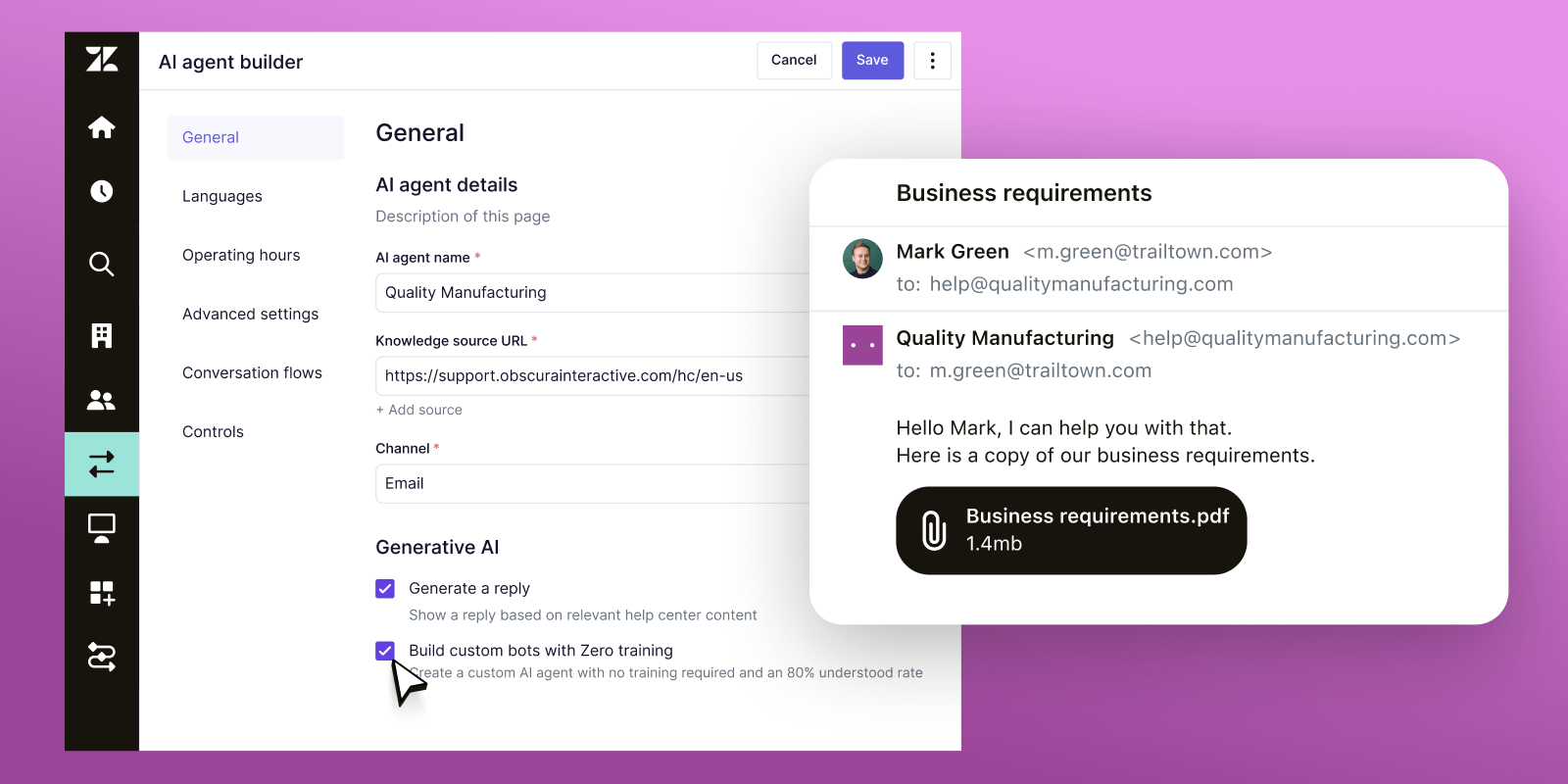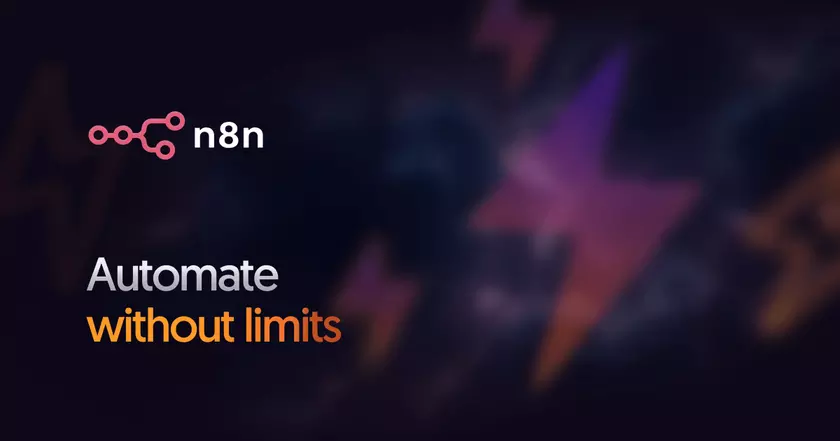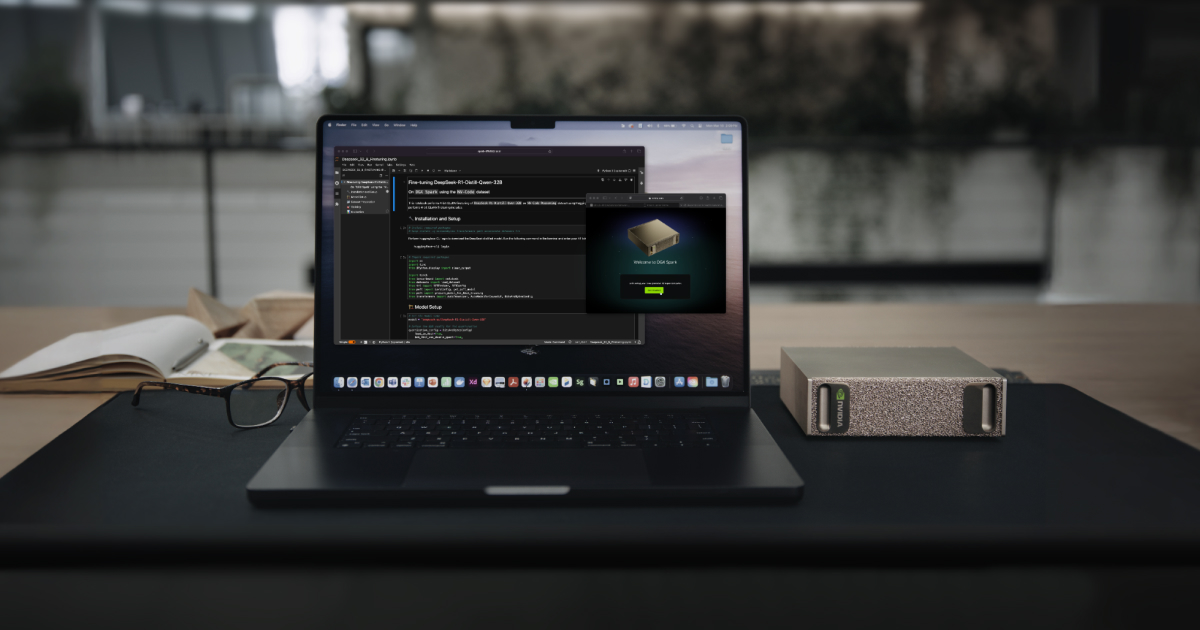
Nvidia’s highly anticipated personal AI supercomputer, Spark, officially launched today and is now available worldwide. Compact, powerful, and competitively priced, Spark is designed to make high performance artificial intelligence computing accessible to individuals, researchers, and businesses around the globe.
Nvidia’s Spark is being hailed as a major innovation in AI hardware. The system combines high end performance with a compact form factor, allowing users to run advanced AI workloads directly from their desks. Powered by the GB10 Grace Blackwell chip, Spark delivers up to one petaflop of AI performance, enabling users to train and run models with as many as 200 billion parameters. This level of power, previously confined to large cloud based supercomputers, is now available in a desktop sized machine.
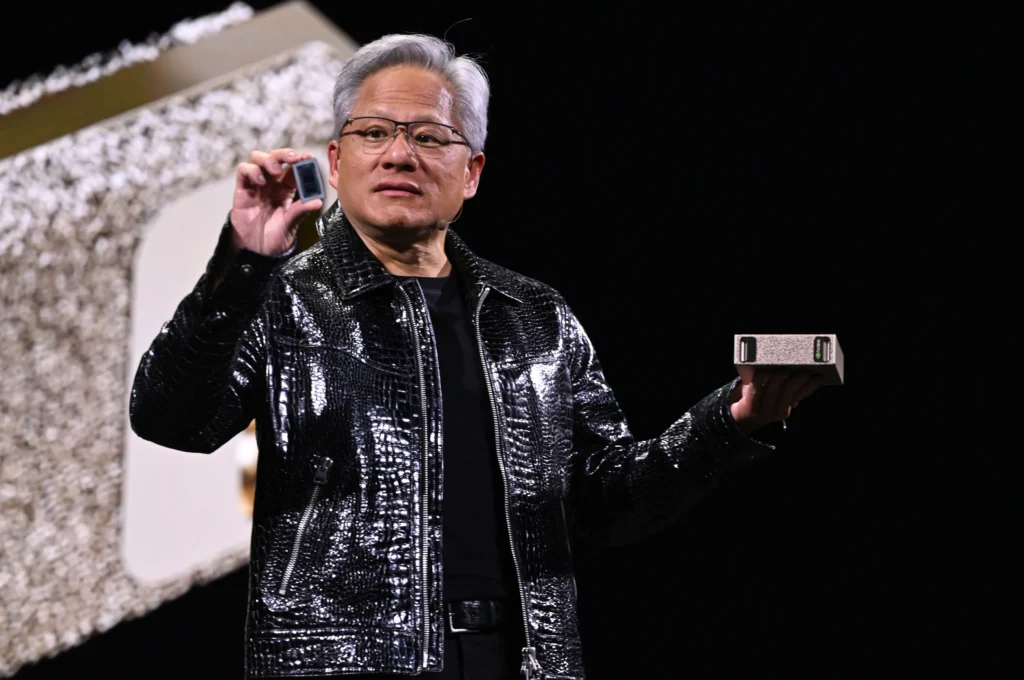
During the official launch, Nvidia CEO Jensen Huang emphasized Spark as a pivotal step toward democratizing access to artificial intelligence. He called it “a supercomputer for everyone,” highlighting Nvidia’s goal to bring advanced computing to creators, students, and innovators across industries. Huang also noted that Spark will empower a new wave of developers by providing the hardware capabilities needed to experiment with frontier AI technologies.
Priced at around $3,999, Spark is being released through multiple manufacturers, including Dell, HP, Lenovo, and Asus. Each variant integrates Nvidia’s complete software ecosystem, featuring CUDA, TensorRT, and the full AI development stack for seamless compatibility with leading frameworks like PyTorch and TensorFlow.
AI Power Without the Cloud
Spark represents a major evolution in how artificial intelligence is developed and deployed. Instead of relying entirely on remote cloud servers, users can now run AI applications locally, minimizing latency, cutting costs, and keeping sensitive data secure. This local computing capability is particularly valuable for academic research, healthcare, and startups, where data privacy and speed are critical.
The availability of Spark also lowers the barrier for entry into AI development. Smaller labs, educational institutions, and independent creators can now perform real time experimentation, model training, and deployment on a single workstation. The device runs efficiently on standard power and requires no specialized cooling systems, further increasing its accessibility.
The global release of Nvidia’s Spark marks a turning point for the AI computing landscape. By bringing high end performance to desktops, Nvidia is making artificial intelligence more inclusive and empowering the next generation of researchers and developers. Spark’s launch not only reflects the growing demand for distributed computing solutions but also establishes Nvidia as a leader in the personal AI hardware revolution.
Stay connected with AI Times for the latest AI news, in depth reviews, and insights into Nvidia’s AI supercomputers and the innovations driving the future of artificial intelligence.

